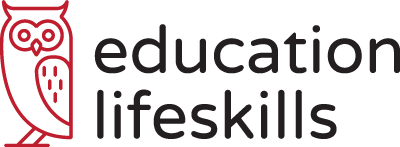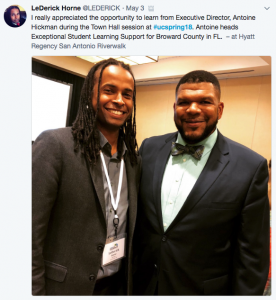School shootings have become horrifically common in recent years, and it’s a problem that educators simply cannot ignore.
Another thing we cannot ignore? The link between these shootings, anger and bullying.
In a series of articles on anger management and gun violence for Slate.com, journalist Laura Hayes writes about characteristics of mass killers.
“Many, if not all, grew up in homes where there was domestic violence, emotional and physical abuse. They are emotionally fragile,” she writes. “They’re threatened by hostility from others, and they also engender it. The dislike and hostility they raise in others leaves them isolated, and the bullying feeds a vicious cycle where kids with minimal emotional self-control are baited into greater and greater levels of hostile defensiveness.”
Hayes also provides a solution, or at least the beginning of one.
“Schools are on the front line for identifying these individuals as kids,” she writes. “In the school environment, isolation and hostility can pretty readily be observed, often by teachers and administrators, and certainly by fellow students.”
When we do identify those kids, it’s important that we go beyond labeling them as “problem children” or even “jerks” and sending them to detention. Instead, we must advocate for programs that provide these kids anger avoidance tools and education about how to overcome violent tendencies.
The link between bullying, loss and violence
In a 2004 report of the Safe Schools Initiative, a joint project of the United States Secret Service and the Dept. of Education, researchers found that about three quarters of attackers in 37 shootings “felt bullied, persecuted, or injured by others prior to the attack.”
This points to the importance of anti-bullying education and a focus on social and emotional learning (SEL) initiatives, which are designed to help students learn coping skills.
But what about the 25 percent of kids who weren’t bullied? The report pointed to another data point that may shed some light on the issue: 98 percent of attackers “had difficulty coping with significant losses or personal failures. Moreover, many had considered or attempted suicide.”
These losses included a loss of status, the loss of a romantic relationship, and a major illness in the attacker or within his family.
The study reinforces our deeply held belief in equitable and inclusive education. Rather than distancing students we might label as problem kids we need to understand them.
Think about it this way: Often, kids are isolated and bullied by their peers. Then, they cause trouble in order to get attention. This often leads to disciplinary action, such as alternative classrooms or detention. At the same time, that kid’s peers will be told by their parents to keep their distance.
So what’s the alternative?
What educators can do
There are no easy answers here, but at Education Lifeskills, we believe that a thorough, integrated SEL the right direction is the best way forward.
We can start by using anger avoidance techniques such as:
- Mindfulness
- Self-awareness
- Identifying the four sources of anger (abuse, doing wrong, force and things beyond our control
- Staying connected with others while we work through our anger
School shootings have become horrifically common in recent years, and it’s a problem that educators simply cannot ignore.
Another thing we cannot ignore? The link between these shootings, anger and bullying.
In a series of articles on anger management and gun violence for Slate.com, journalist Laura Hayes writes about characteristics of mass killers.
“Many, if not all, grew up in homes where there was domestic violence, emotional and physical abuse. They are emotionally fragile,” she writes. “They’re threatened by hostility from others, and they also engender it. The dislike and hostility they raise in others leaves them isolated, and the bullying feeds a vicious cycle where kids with minimal emotional self-control are baited into greater and greater levels of hostile defensiveness.”
Hayes also provides a solution, or at least the beginning of one.
“Schools are on the front line for identifying these individuals as kids,” she writes. “In the school environment, isolation and hostility can pretty readily be observed, often by teachers and administrators, and certainly by fellow students.”
When we do identify those kids, it’s important that we go beyond labeling them as “problem children” or even “jerks” and sending them to detention. Instead, we must advocate for programs that provide these kids anger avoidance tools and education about how to overcome violent tendencies.
How to get started
If your school needs specific resources for anti-bullying education, we also encourage you to read about our courses and schedule a demo.
We would also like to hear from educators around the country about how they help kids who are at risk of becoming mass shooters. Please share and comment on our social media pages, and reach out to us at learn@localhost.


